Premium Only Content
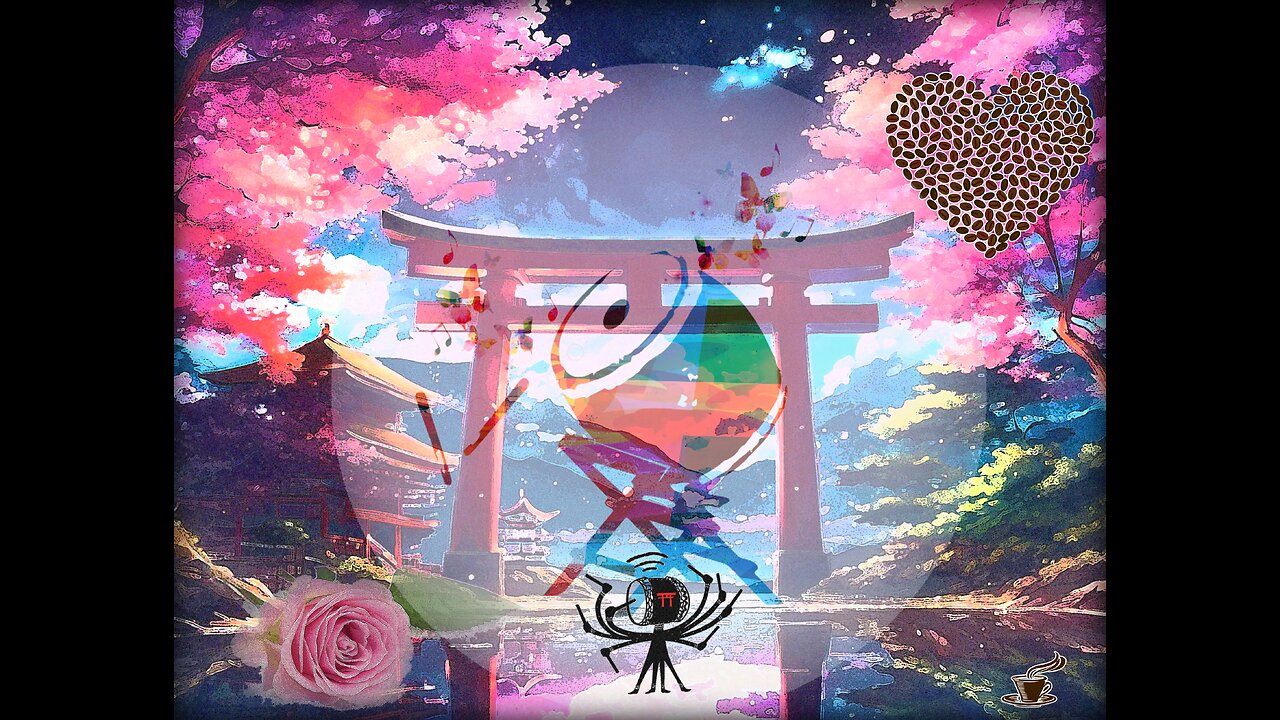
Podcast Episode 18
Torii Taiko: https://torii-taiko.com
Society for Anthropology – https://www.appliedanthro.org/
The Lensic showing of Drum Tao & Torii Taiko, April 2, 6:30pm who will provide the Pre-concert lecture and Taiko demonstration ” https://torii-taiko.com/#section-3
Santa Fe Film Festival showing of the Documentary, Community in Conflict
https://santafefilmfestival.com/index/film/santa-fe-internment-camp-marker/
Filming of Omiyage on location in Cerrillos, NM. Origami in the Garden at https://origamiinthegarden.com/
(Kevin & Jennifer Box) Reference to Kevin Box Studio in SF, NM https://outsidetheboxstudio.com/
Facebook: https://www.facebook.com/BoxStudio/
Stop and Smell the Roses
Okay folks, here we go, episode number 18, theme is Music specifically Taiko Drumming. With us in the studio, we have Jon Whitsell one of the Torii Taiko members; entering first segment of Whole Brain Podcast: “Stop & Smell the Roses.” To enhance the feeling of gratitude.
Elizabeth: First question to you Jon. What sense of gratitude do you have for Torii and Torii Taiko?
Jon: Torii gates are the portal between the profane and the sacred. Are often in front of a temple/shrine around a holy place but a natural, beautiful place; the base of a mountain, forest, or seaside; honor the Spirit of place with a gate. We thought it was a good idea to use as a name for our Japanese, Taiko drumming group.
E: Do you imagine that you’re invoking that energy? I’ve been to some of your concerts; you don’t necessarily say that.
J: Sometimes we’ll talk about it. Intention? An underlying ethos. Love this description: that it’s a spontaneous, evolutionary collaboration to joyfully cross over two worlds beyond our everyday existence through patience, passion and practice.
E: Awesome. Leave the mundane behind ~ in large part, what people are really requiring and needing right now. Always intrigued me about you – not only do you seem interested and drawn to the Japanese taiko drumming, but also, you’ve participated in the making of this film Community in Conflict: The Santa Fe Internment Camp Marker Going to screen at the upcoming 2024 annual Santa Fe Film Festival – end of April – forthcoming.
J: A look at the marker. About twenty-five years ago when Larry Delgado was the mayor… a state historian ~ there should be a marker up there. Right now the internment camp site itself is the Casa Solana subdivision. Before that it was a civilian conservation corp camp. Took it during World War II. It was a Department of Justice Santa Fe Internment Camp. They put in the community leaders; interesting and ironic. People like doctors, newspaper editors, gas station owners ~ perceived as leaders; had an allegiance to Japan during the war. Rounded, hustled them up. Separated them from their families.
E: Review the new things that are on your schedule; specifically the Society of Applied Anthropology & precursor to film screening.
J: Tuesday, March 26, Society of…has a conference at Eldorado and Hilton hotels. The Japanese American citizens league reader’s theater will perform. Doctor Nikki Lewis created scripts based upon the experiences Japanese Americans interned at the internment camps during World War II. She was a child while her father was interned in the one here in Santa Fe. A lot of stories. Reader’s theater ~ not professional actors, have the scripts in front of them, have done these a bunch of times. I’m gonna be the technical director. There will be some taiko – a few beats to provide some atmosphere. It’s free the first day. Declared Santa Fe / New Mexico Day; Most conferences the fees are often four hundred dollars; give back to the community, the society has opened it to the public: no admission to attend these programs.
E: Time? Schedule?
J: Posted on applied anthropology website. It’s their eighty fourth annual meeting.
E: I bet these stories have a lot of healing power.
J: Just hearing about them and how people cope and experiences people went through, there’s a whole range of emotions ~ many stories. Open to the public. Our performance is at the Eldorado Ballroom B in the morning.
E: Can you also talk about the April 20th film screening precursor to the film – part of that production.
J: April 20th at New Mexico History Museum downtown Santa Fe – a community forum ~ whole film will be screened. It’s about forty-five minutes – not a long feature film. Following week: SF film Festival will show it and it is also going to be showing in Los Alamos. Many chances to catch this historic film; won some awards “Community in Conflict” is about the decision made about twenty-five years ago to create a marker; this concept was controversial, misunderstood. Marker up by the dog park overlooking Casa Solana. Powerful story based in reality. Reenacted the different voices and took the transcription from the official proceedings where the city government approved the marker.
E: Screening updates. Lena Street performance of Torii Taiko when the weather warms up. First Saturday in June, at the Ozu parking lot across the street from the original Iconik. Coming back with “Wake Up & Smell the Coffee.” Want to know more about your allegiance to the Japanese culture and its people.
Wake Up and Smell the Coffee
Elizabeth: Alright, were into our second Segment. Going to speak about The Restoration Project / Movement. How to fan the flames of kindness, strength, virtue, decency into any new systems. Going to have a video showing of “Omiyagi in the Gardens.” Group in action. Jon Whitsell ~ probably the tallest Japanese guy that I’ve ever seen. Six foot three. He does look Japanese. You say, Taiko really grabbed you twenty-one years ago. What was that about? Have you ever been to Japan; what is your interest in the Japanese culture – you talk about that a lot, quite passionately, feels to me there is something more to it.
Jon: Taiko has been my passport; built a lot of relations, very vibrant taiko community in North America; big exchange between US, Canada, Japan & Europe ~ they are all merging – kind of like a big family. Really cool. Was taking a lesson…was looking for a musical outlet in 2002. Lot of marimba bands at the time. Had never played mallets. Background playing in rock bands and junior high orchestra. Mallets looked like a lot of fun. Went to a Taiko lesson – it grabbed me. Usually I’m doing the grabbing. Got my attention. Really resonated with me.
E: You feel very passionate; have a natural inkling towards the Japanese Way through their music.
J: It’s been my gateway – mostly studying the drumming aspects.
E: Switch gears. Go to this epiphany I had or download, after speaking with a friend about a name for this interview series; my question for you is how does Taiko inspire people to wake up and how is it going to be focused differently on restoring kindness, virtue, strength, decency and respect?
J: The practice there’s a lot of respect. Respect for the materials, the teachers, the place; dovetails in with the concept of Torii the gate; step into sacred and leave ordinary behind and allow the Gods, Spirits of place to bring you in. Kindness: inner group communication is a more important skill than the technical skill. Have to have respect and kindness for ourselves in dealing with decisions about the sound, where, song; how we communicate interpersonally is really important. Kindness is certainly a part of that. Feel so lucky. Just really love the group that we have going now. We work together really well.
E: Sounds like you really enjoy these women that you are graced with, surrounded with.
J: Absolutely. A great collaborative effort.
E: Four Members I would like to mention to precede the performance video: Jon Whitsell – white bearded guy. Dyan Yoshikawa not currently in this video; background in modern dance, and is practicing as a massage and a cranial-sacral therapist; Emily Walukas who is a bilingual STEM teacher. STEM stands for Science, Technology, Engineering and Mathematics. Danny Silver ~ a music and dance teacher’ great deal of her background in those areas, she has two grown artistic daughters.
J: This piece is called “Omiyage.” Written by members of Taiko project in Los Angeles in early two thousands. Composed by Shoji Kamado based on an idea… ~ offered up as a gift to the Taiko community, at a time when it was growing a lot; people didn’t have much of a repertoire they could use. Offered up, as long as you mentioned names. Video was shot in “Origami in the Garden” out in Cerrillos; Kevin and Jennifer Box, world renowned sculpture garden in the Garden of the Gods; location off highway fourteen – really beautiful – one of the sculptures is in the background. The words themselves don’t have meaning, but they are expressions of joy and encouragement.
-
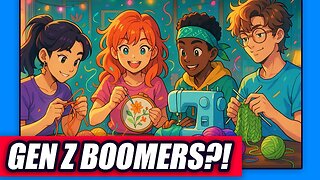 29:13
29:13
Clownfish TV
1 day agoGen Z are Becoming the Boomers?! | Clownfish TV
9.25K35 -
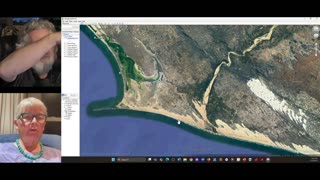 1:48:31
1:48:31
Squaring The Circle, A Randall Carlson Podcast
18 hours agoMEGA Tsunamis and the formation of our World ft. Dr. Dallas Abbot
22.8K5 -
 29:26
29:26
Advanced Level Diagnostics
2 days ago2019 Chevy Express - No Crank, Relay Clicking! Diag & Fix!
3 -
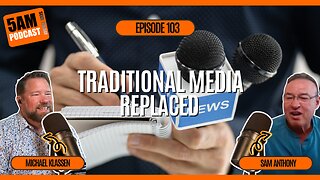 30:56
30:56
5AMPodcast
22 hours agoCitizen Journalism 🎙️Replacing Traditional Media | Sam Anthony on 5 AM Podcast
171 -
 6:53
6:53
Rena Malik, M.D.
1 day ago $1.66 earnedWhy Antidepressants Wreak Havoc on Your Sex Life?! | Urologist Explains How to Boost your Libido
18.9K4 -
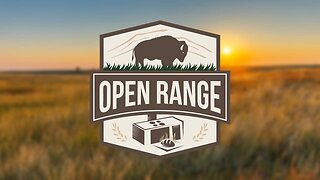 1:00:00
1:00:00
BEK TV
2 days agoMIKE MOTSCHENBACHER ON NORTH DAKOTA POLITICS, TEA PARTY ROOTS, AND THE 2026 ELECTION
14.7K -
 15:31
15:31
Breaking Points
1 day agoIs Trump Planning VENEZUELA Regime Change?
39.8K28 -
 2:06:05
2:06:05
"What Is Money?" Show
2 days agoTrump Family Bitcoin Bet Will Trigger Nation-State FOMO w/ Matt Prusak (CEO American Bitcoin)
18.7K -
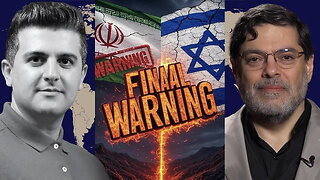 1:04:36
1:04:36
Dialogue works
3 days ago $5.52 earnedMohammad Marandi: Iran Just Gave Israel a FINAL Warning…
31.9K6 -
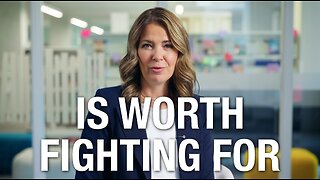 9:20
9:20
daniellesmithab
1 day ago3 Bad Laws
28.7K8